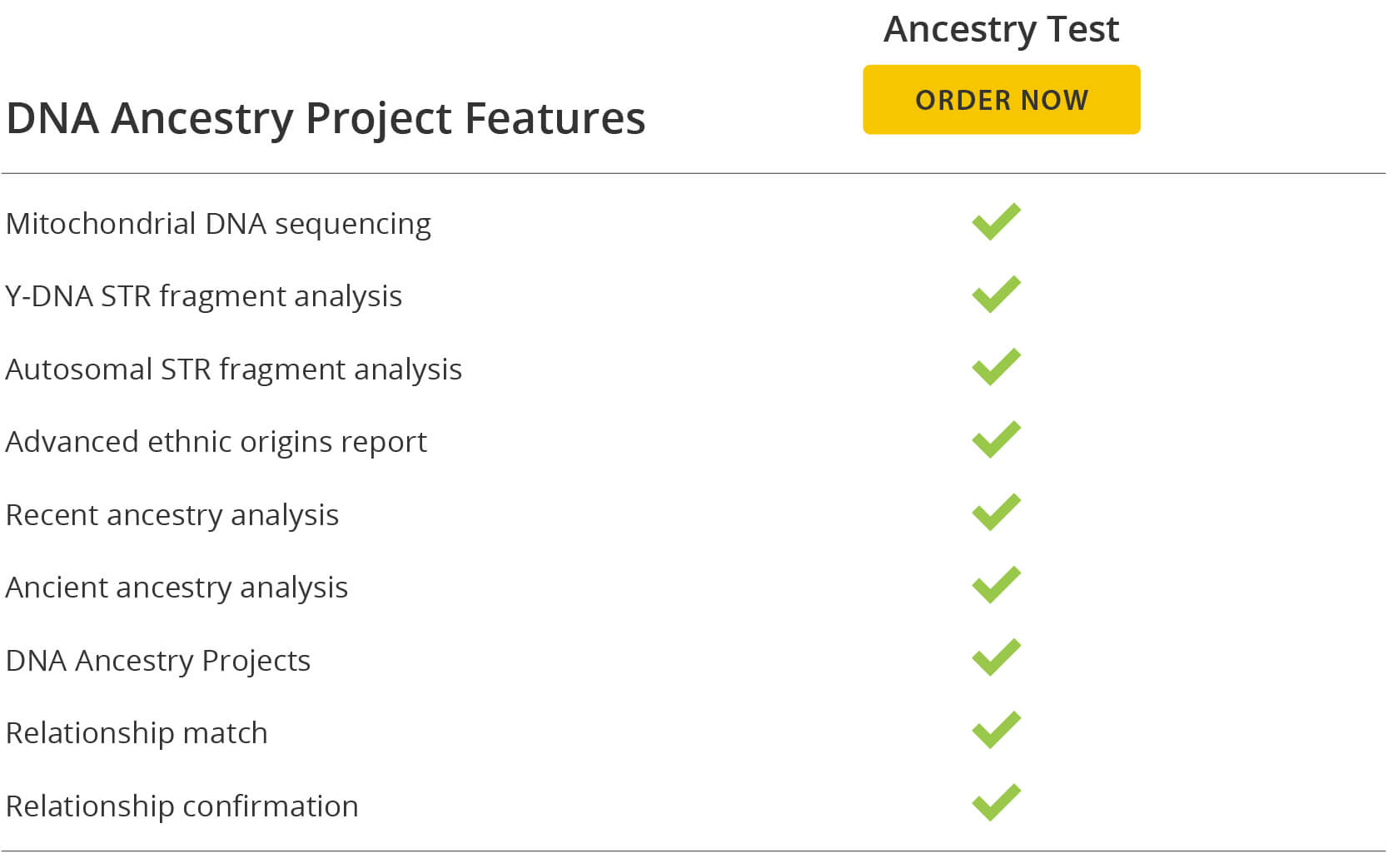Richard III was the King of England from July 6, 1483 until his death in 1485 at 32 years of age. King Richard III became king under controversial circumstances after the death of his older brother, the reigning King Edward IV. King Edward IV’s son, Edward V, was to become king but never made it to his coronation. An informer is said to have convinced Richard III that King Edward IV’s marriage was invalid (due to bigamy) and hence Edward V and his siblings were declared illegitimate. Richard III became king and the young Edward V and his brother were never seen again and were presumed to have been murdered upon Richard III’s instructions. This controversial rise to power caused much conflict and rebellion, ultimately leading to King Richard III’s death in the Battle of Bosworth Field.
King Richard III DNA – Discovery of the remains of King Richard III
King Richard III’s remains were originally buried in a tomb in Greyfriars Church in Leicester. This church and King Richard III’s tombstone were destroyed during the Dissolution of the Monasteries in the late 1530s, and tradition suggested that his body might have been thrown into the River Soar. Numerous developments in the area of Greyfriars Church over the past 400 years have hid the site of the old church, the tombs and church garden, and King Richard III’s remains were thought to be lost forever.
In 2012, an archaeology excavation on a city council car park in the approximate location of the Greyfriars Friary in Leicester led to the discovery of a skeleton believed to belong to King Richard III. Initial studies using radiocarbon dating and a comparison with contemporary reports of his appearance were consistent with the remains being those of King Richard III. King Richard III was known to have one shoulder higher than the other and this unusual characteristic, along with known injuries, were identified in the skeletal remains.
Confirming the remains of King Richard III using DNA
In order to conclusively confirm that the remains belonged to King Richard III, DNA testing was performed. The DNA analysis of ancient remains relies on either matching mitochondrial DNA profiles to maternal relatives or matching Y-DNA profiles to paternal relatives. Male-line relatives are generally easier to trace than female-line relatives. However, male lines can be easily confused, as false-paternity events (adultery) are more common, and easier to hide, than false-maternity events. The researchers in this study elected to analyze both maternally inherited mitochondrial DNA and paternally inherited Y-DNA from the skeletal remains.
Tracing the maternal lineage of King Richard III using mtDNA

Maternally inherited mitochondrial DNA (mtDNA) is an excellent option to confirm the identity of the skeletal remains. Both males and females inherit mtDNA from their mother, but only females will pass the mtDNA down to the next generation, providing a way of tracing maternal ancestry. MtDNA also has other advantages for the analysis of ancient samples, including a high copy number and rapid evolution.
There are three regions of the mtDNA that can be analyzed – HVR1, HVR2 and the coding region. These three regions were analyzed on the skeletal remains discovered in Leicester and from the living maternal relatives, Michael Ibsen and Wendy Duldig. The skeletal mtDNA sequence showed a perfect match to the mtDNA sequence obtained from Ibsen and only a single base pair difference compared to Duldig. Since this mtDNA haplotype is extremely rare, the positive match provides strong genetic evidence that the remains indeed belong to King Richard III.
Tracing the paternal lineage of King Richard III using Y-DNA STR marker testing

However, this is not the case. Four of the individuals have the same Y-DNA profile but it differs from the profile of King Richard III. The fifth individual (referred to as Somerset 3) has a different Y-DNA profile again. This finding indicates that non-paternity events have created a number of false male lines.
Where did the non-paternity events occur?
The different Y-DNA profile of Somerset 3 can be explained by an infidelity occurring within the last four generations. However, it is unknown where the other infidelity have occurred – whether it be in the royal line between King Edward III and his great-great-grandson King Richard III, or in the Beaufort line between King Edward III and the 19-21 generations to the five living descendants analyzed in this study.
This infidelity does raise some interesting questions about which historical English kings and queens actually had legitimate claims to the throne. King Richard III’s successor, King Henry VII, actually claimed the throne by right on conquest, rather than inheritance; hence any potential non-paternity events do not affect his, and his descendants’, claim to the throne. The legitimacy of the current queen is also not in question as that is through the 1701 Act of Settlement. However, if the infidelity occurred between King Richard III and his great-great-grandfather King Edward III, then the controversial King Richard III never actually had a legitimate claim to the throne.
Conclusions
The mitochondrial DNA (mtDNA) analyses conducted in this study strongly support the radiocarbon dating and physical analyses of the skeletal remains, and it can be concluded that the long-lost remains of King Richard III have now been found. Although no paternal (Y-DNA) matches were found, non-paternity events are not uncommon, so this doesn’t affect the compelling evidence obtained through the mtDNA analyses.
DNA Database Comparisons

If you have taken the mtDNA HVR1, HVR2, and Coding region test, you can compare your DNA against King Richard III’s mtDNA profile to see if you have descended from the same maternal lineage as his sister, Anne of York.
King Richard III’s only legitimate child (Edward of Middleham) died at age 10 so there are no known paternal descendants of King Richard III. There are also no known paternal descendants from his older brother King Edward IV, as two of King Edward IV’s young sons mysteriously disappeared when King Richard III became King in 1483. However, King Richard III’s paternal-line ancestors include many notable historical figures and any paternal descendants from each of these men will share the same Y-DNA profile as King Richard III (barring any non-paternity events). The 12 generations of royalty prior to King Richard III are:
– Fulk IV, Count of Anjou
– Fulk, King of Jerusalem
– Geoffrey Plantagenet, Count of Anjou
– King Henry II of England
– John, King of England
– Henry III, King of England
– Edward I, King of England
– Edward II, King of England
– Edward III, King of England
– Edmund of Langley, 1st Duke of York
– Richard of Conisburgh, 3rd Earl of Cambridge
– Richard of York, 3rd Duke of York
If you have taken the Y-DNA STR marker test you can compare your DNA against members of this notable family to see if you may have descended from the same paternal lineage.






